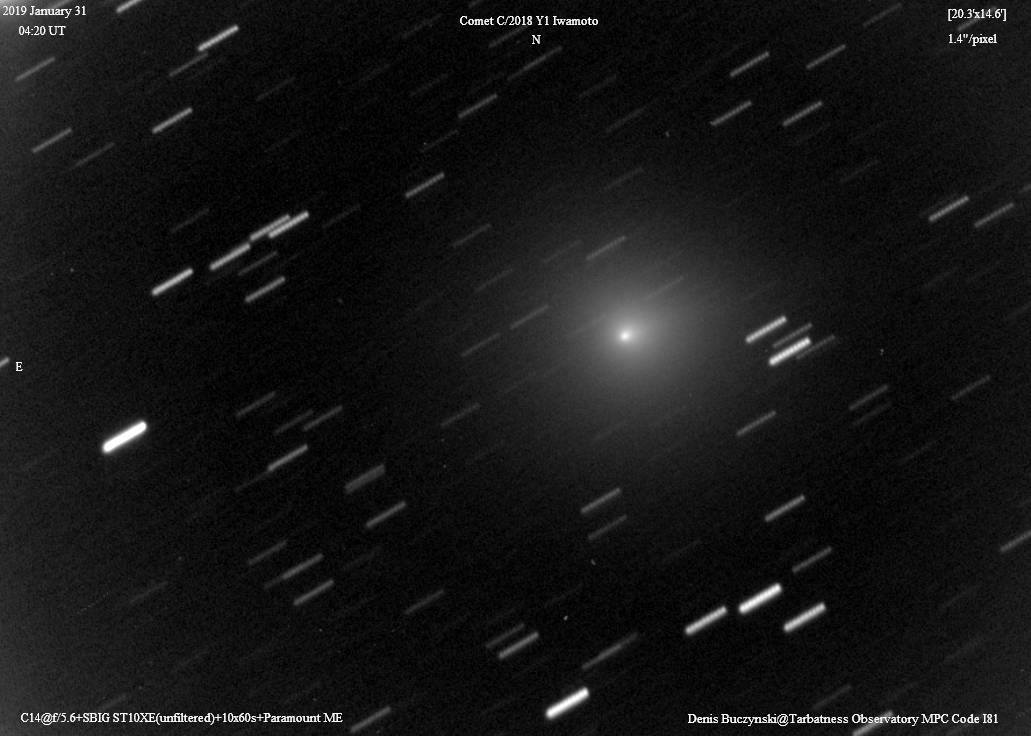What are NEOs?
Comets and the IAWN
(Jan 2019) Here at IAWN, we are interested in all natural objects that can come near the Earth. This means asteroids in principle, but also comets. Comet close approaches are much less frequent than those of asteroids, but we must still keep track of them in order to predict impacts of these bodies in the future.

Comet Swift-Tuttle, H. Mikuz
Comets have long been known to be possible impactors. In fact, the Earth receives impacts of tiny cometary particles (most < 10 cm in diameter) annually in the form of meteors. Most of our meteor showers, such as the Perseids, occur when the Earth crosses the orbital plane of a comet. Comet 109P Swift-Tuttle is the parent of the Perseid meteor shower, and is technically a potentially hazardous object.
There are several different types of comets, from those with short orbital periods (like asteroids), to those arriving for their first visit in the solar system in millions of years. Thankfully, comets are discovered by the same methods we use to discover asteroids. With the recent improvement in the discovery of minor planets, the comet discovery rate has risen in a commensurate fashion. This means our knowledge of the danger these bodies may possess is also increasing. Thankfully, as of this writing, there are no known comets with a chance of impacting the Earth in the next few hundred years.
A recent report attempts to quantify the remaining risk to the Earth from unknown asteroids and comets. It lists undiscovered long-period comets as ~1% of the risk from unknown asteroids. While this means the current focus on asteroid discovery is important, it also means when the asteroid populations have been catalogued, a large portion of the risk remaining to the Earth will be from long-period comets.

Comet Iwamoto, D. Buczynski
Comet discovery is one of the few remaining areas in astronomy where amateur (unpaid expert) astronomers can still make large contributions to discovery. Two recent comet discoveries (minorplanetcenter.net/mpec/K18/K18VF1.html and www.minorplanetcenter.net/mpec/K18/K18Y52.html) were found by Japanese amateurs; both of these are technically NEOs and one is making a fairly close approach to the Earth next month (Feb 2019). The long-period comet 2018 Y1 (Iwamoto) may become bright enough to be seen in binoculars in February. Please go give it a look! And when you do, keep in mind IAWN isn't just for asteroids--it includes comets as well.